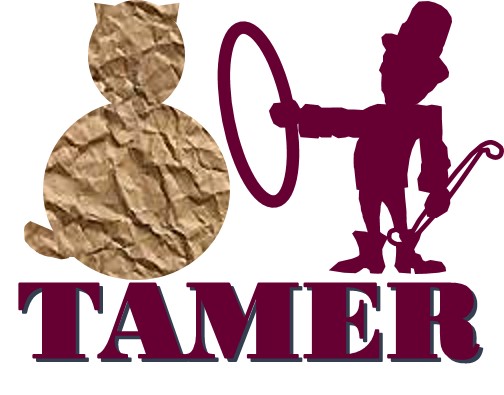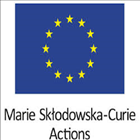
| Trans-Atlantic Micromechanics Evolving Research "Materials containing inhomogeneities of diverse physical properties, shapes and orientations" | |
|---|---|
| Research Area | FP7-PEOPLE-2013-IRSES - Marie Curie Action "International Research Staff Exchange Scheme" |
| Project Reference | IRSES-GA-2013-610547 |
| Coordinator | Professor Gennady S. Mishuris |
| Project Funding | 1 138 000 euro |
| Contract Type | MC-IRSES - International research staff exchange scheme (IRSES) |
| Start Date | 2014-02-01 |
| Duration | 48 months |
| Project Description | The project addresses materials with realistic - heterogeneous and anisotropic - microstructures that contain inhomogeneities (pores/cracks/inclusions) of diverse shapes, orientations and physical properties. An important feature of such microstructures, that complicates the analysis but has a profound impact on their overall behaviour, is their “irregular” character. For example, pores typically have highly diverse shapes and their orientational distribution is often neither ideally random, nor ideally parallel, but may lie in-between. The problems to be analysed apply to a wide range of materials, both naturally occurring and man-made. The highlights of the project are (A) Expressing the anisotropic effective properties – elastic, conductive, etc. - in terms of the microstructure, realistically modelled. One of the key points is to identify the proper microstructural parameters (defect density parameters) that properly reflect the individual defect contributions to the considered overall property; only in their terms can the property be uniquely expressed. In the case of diverse defect shapes, these parameters are entirely non-trivial; for example, they do not reduce to the volume fractions. (B) Cross-property correlations between the anisotropic elasticity and anisotropic electric/thermal conductivities. Utilizing the results of (A), the elastic properties (generally, difficult to measure accurately) will be expressed, with good accuracy, in terms of the electric (or thermal) conductivities, that are easier to measure. (C) Recovery of information on microstructure and damage from (1) the anisotropic longwave speed patterns and (2) the anisotropic electric conductivities. Establishing the extent of uncertainty in such recovery. It will be dependent on the expected diversity of microstructure, and to be smaller if an additional information becomes available. The final product can be envisioned in the form of "information recovery maps". |
Contact Details
Institute of Mathematics and PhysicsAberystwyth University
Physical Sciences Building
Aberystwyth
Ceredigion
SY23 3BZ
Tel: 01970 622 808 Fax: 01970 622 826 Email: imaps@aber.ac.uk
